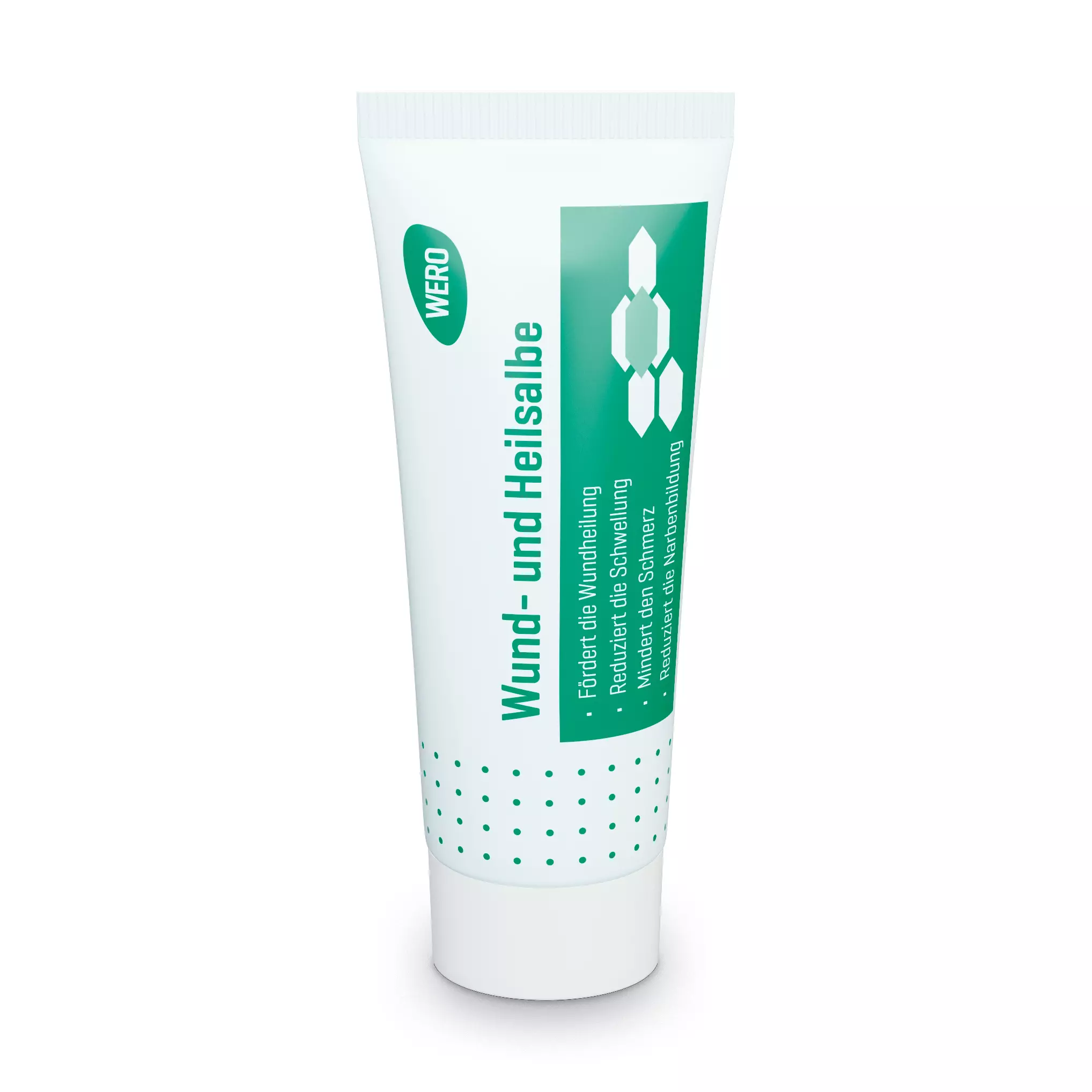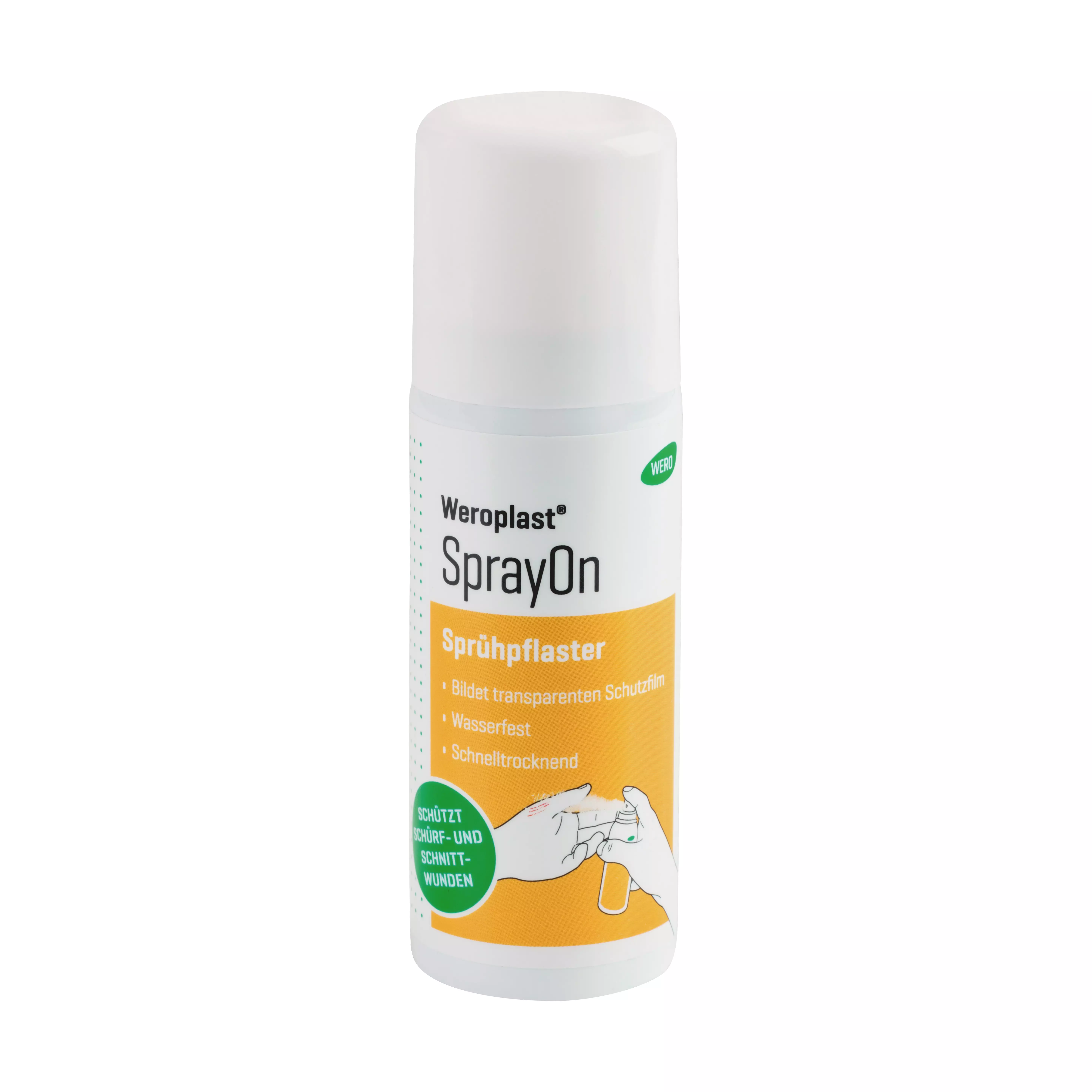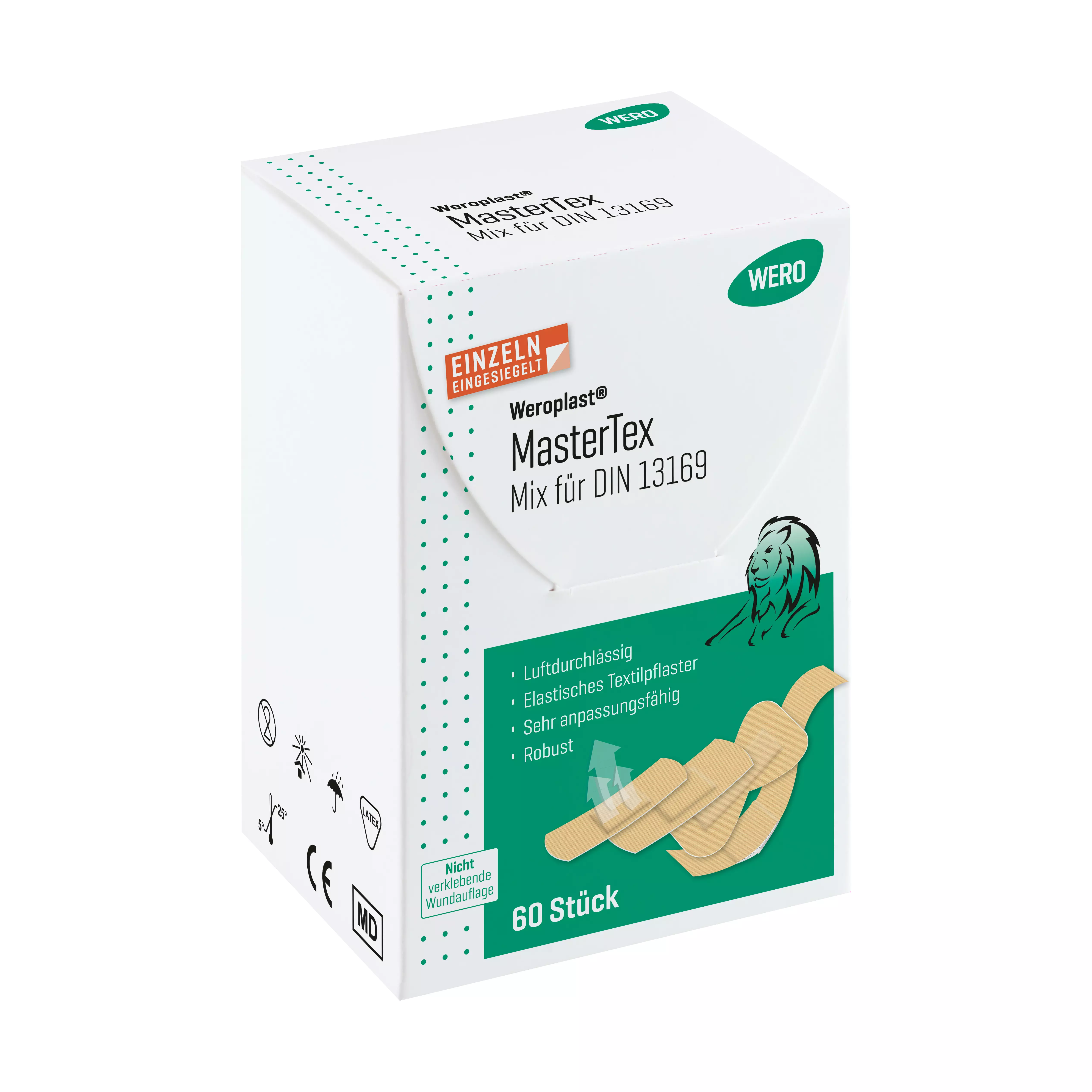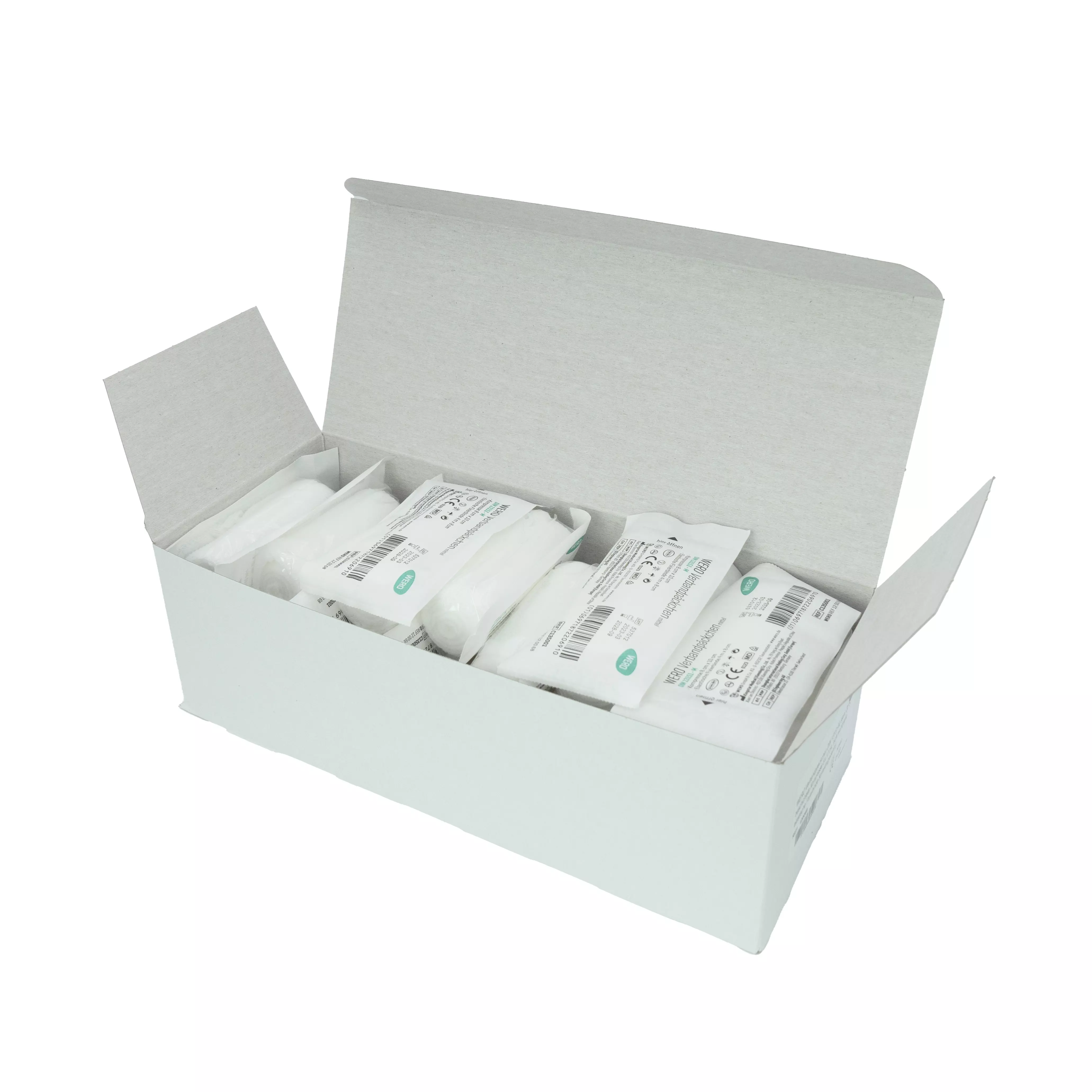Treating cuts correctly
Wound cleansing spray, skin cleansing wipes, plasters
Content: 0.02 kg (€362.00* / 1 kg)
Available, delivery time: 1-3 days
Content: 0.05 l (€154.00* / 1 l)
Available in 45 days, delivery time 1-3 days
Content: 60 piece (€0.25* / 1 piece)
Available, delivery time: 1-3 days
Content: 20 piece (€2.37* / 1 piece)
Available, delivery time: 1-3 days
Cuts - minor cut or major problem?
A cut is damage to the tissue caused by contact with sharp objects, such as a knife blade or broken glass. The injury causes immediate bleeding. The extent of a cut can vary greatly and ranges from a light paper cut to a deep cut with injured tendons, muscles or bones. Fingers, hands and arms are most frequently affected.
What is the best way to treat a cut?
As a general rule, cuts should not be pulled apart, squeezed or sucked out with the mouth:
- Rinse the contaminated wound under clear water
- Disinfect the wound using a wound cleansing spray
- Apply a plaster to the wound. A pressure bandage using a sterile dressing pack is always used if a plaster is not sufficient:
- To do this, first hold up the injured part of the body and place the injured person in a lying or sitting position
- In the event of heavy bleeding, the wound dressing should initially be pressed onto the wound area
- Apply the gauze bandage
When should you go to the doctor? When do cuts need to be stitched?
If the bleeding from the wound cannot be stopped within a few minutes despite the pressure bandage being applied and the wound is very deep, revealing fatty tissue, bone or tendons, a doctor should be consulted. In this case, the wound may need to be sutured, glued or treated with suture strips.
A visit to the doctor is also advisable if the edges of the wound are gaping apart, the wound is very painful and the wound has been contaminated by rusty, dirty objects. The wound must be thoroughly cleaned and disinfected. The vaccination against tetanus may also need to be refreshed if it is more than 10 years old.
What is the healing process for cuts?
Superficial cuts usually heal within a few days with minimal scarring.
Deep and extensive cuts take between two and three weeks on average to heal. A visible scar usually remains.
The phases of wound healing:
- The exudation phase (cleansing phase): Shortly after the injury, the body begins various mechanisms, such as the increased release of blood plasma, to reduce bacteria and viruses.
- The granulation phase: This is where the formation of the new cell structure begins. The wound is filled with new cells and the wound edges contract
- The epithelialisation phase: In this wound healing phase, the wound is completely closed. The result of this phase is a scar
In the case of deep wounds, sporting activities should also be avoided in the first few days, as these can delay wound healing .
How often should plasters be changed for cuts?
If plasters become wet or dirty, they should be changed. Otherwise, we recommend changing them after two days at the latest in order to check the wound at the same time.
Myth: Do cuts need air or a plaster?
For bleeding or oozing wounds, it is recommended to apply a plaster or bandage to prevent contamination of the wound and the risk of wound infection from germs entering the wound. A waterproof plaster can also be helpful for minor cuts, especially on the fingers, in the initial period to protect the wound from soap, rinsing water or food residues.
In the case of minor cuts that stop bleeding and oozing within a very short time and have a low risk of contamination, a plaster can be dispensed with after a few days. A wound and healing ointment can provide good wound care, protecting the skin and reducing scarring.




